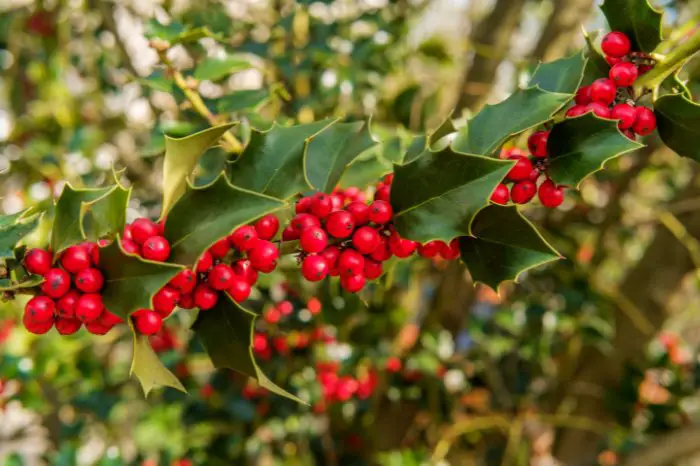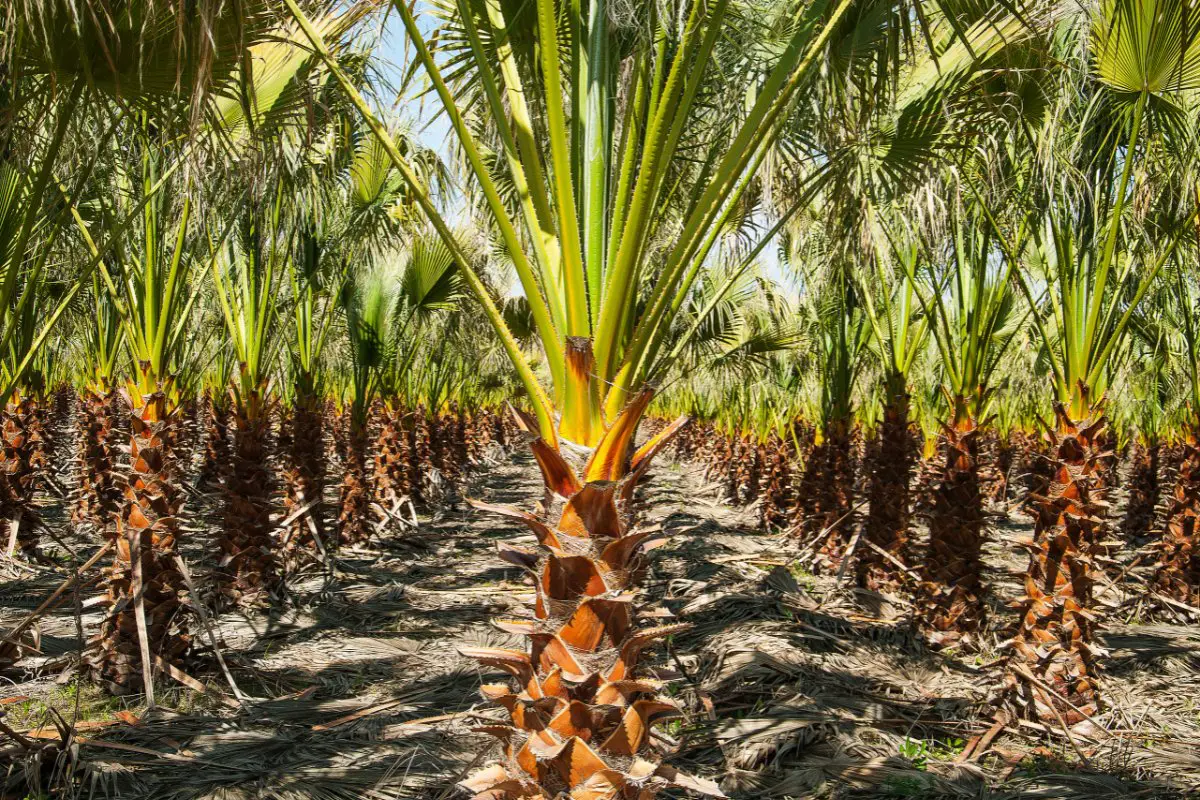Last Updated on November 29, 2022 by Cristina
Do you need salt tolerant palms but are unsure where to start? Whether you’re trying to create a coastal garden or have water with high salt concentrations, I’ve got you covered!
Salt-tolerant palms aren’t rare. In fact, this article mentions more than 10 of them! You can grow lush palm trees even if your water has high salt levels. Whether you do this indoors or out is up to you.
In this article, I explain what salt tolerance means for plants and which trees, shrubs, and crops do best with this type of water. You’ll also read everything you need to know about gardening with salt-tolerant palms.
What Plants Have A High Tolerance For Salt?
The salt tolerance of a plant refers to its ability to thrive when given water with a high salt concentration. There are quite a few plants that have a high tolerance for salt. Here are my top picks:
Salt Tolerant Flowering Plants
- Blanket Flowers
- Butterfly Weed
- Columbine
- Russian Sage
- Sedum Autumn
Salt Tolerant Shrubs
- American Holly
- Bearberry
- Cotoneaster
- English Yew
- False Cypress

Salt Tolerant Crops
- Almond
- Capsicum
- Grapes
- Sweetcorn
- Tomato
Salt Tolerant Trees
- Common Horse Chestnut
- Honey Locust
- Japanese Tree Lilac
- Pond Apples
- White Oak
Are There Salt Tolerant Palm Trees?
Many palm trees are salt tolerant. In fact, the added magnesium could be just what they need! Magnesium helps palm trees produce chlorophyll. This is what’s responsible for giving them lush green leaves.
Are Sago Palms Salt Tolerant?
Sago palms are moderately salt tolerant. While an added magnesium-dose will do this palm well, exposing it to too much could be damaging. Only plant a sago palm if you know your water doesn’t contain high salt concentrations, or you’ll be able to alternate it with water containing less.
What Is The Lowest Maintenance Palm Tree?
Generally, palm trees aren’t high maintenance at all. Here are some of the lowest-maintenance ones:
- Alexander Palm
- Date Palm
- Foxtail Palm
- King Palm
- Pineapple Palm
All Purpose Palm Potting Soil (8 Quarts), Mix for Growing Palm Plants
How To Garden With Salt Tolerant Palms
The concentration of salt that a palm tree can handle comes in three levels: high, moderate, and slight. Besides considering the weather, soil, and lighting conditions, you need to keep the salt concentration of your water in mind.
- High Salt Tolerance: You can regularly expose palms that have a high salt tolerance to water containing high salt concentrations.
- Moderate Salt Tolerance: If your palms are only moderately tolerant to salt, you should ensure they’re protected by plants with a higher tolerance. These will shield them and soak more salt from the soil.
- Slight Salt Tolerance: These palms don’t really have a tolerance for salt. You should avoid exposing them to water with salt concentrations.
Take Out Time to Also Read:
Salt Tolerant Palms And Sizes
Before picking a salt tolerant palm tree for your garden, it’s best to know how big it’ll get! Here’s a breakdown of my top picks and the average height they reach:
Areca Palm: This palm can reach heights of 30 feet but makes an excellent houseplant if kept bonsai.
Bottle Palm: The bottle palm has a uniquely shaped trunk, and while most only reach a height of 10 feet at maturity, trees up to 15 feet have been recorded.
Cabbage Palm: The cabbage palm is native to coastal regions and can grow up to 40 feet tall.
Coconut Palm: While a height of 100 feet have been recorded, most coconut palms grow about 40 feet tall.
Date Palm: This salt tolerant palm grows best in full sun and can reach heights of 40 feet.
Hurricane Palm: The hurricane palm is an attractive-looking tree reaching average heights between 30 and 40 feet.
Lady Palm: The lady palm is easy to care for and can reach a height of about 15 feet.
Royal Palm: This palm is hardy to cold weather and reaches about 50 feet on average.

You Might Want to Read these Related Articles:
- How To Carry Out Palm Plant Identification
- Areca Vs Majesty Palm – 5 Major Differences Between These Two
How To Care For Salt Tolerant Palms
Maintaining a salt tolerant palm is no different than caring for one that doesn’t prefer salty water. The only difference is that these palms are hardier to salt water and perfect for use in coastal gardens. You’ll still have to meet their soil, watering, lighting, and pruning needs.
If your palm tree is hit by saltwater breezes, it’ll survive. Any salt absorbed through the soil won’t damage these palm trees, and they may even enjoy the extra magnesium!
Companion Plants For Salt Tolerant Palms
If you prefer having more than just palm trees in your garden, you should choose plants that pair well with them. Succulents are an excellent first choice, and there are many to pick from. You can add lots of color to your garden when using these, and even place them on your porch in pots if this is what works best for your aesthetics.
Shiny or waxy shrubs will look good next to your palm trees. I suggest selecting evergreen ones like the pink rock rose, Mediterranean saltbush, box-leaved honeysuckle, and fortune’s spindle. These will all do well in the wind, sand, and salty conditions.
3 General Tips For Growing Palm Trees
- Palm trees don’t care much for direct sunlight. Plant yours in a spot where it’ll get indirect light to ensure they’re not overexposed.
- You don’t need to fertilize your palm trees, but they can be healthier if you do. Find a fertilizer that balances the saltwater levels.
- Trim your palm tree with caution. You might be tempted to cut leaves short if you experience windy conditions, but over-pruning can make it harder for your tree to survive.
Conclusion
You can grow salt tolerant palms indoors or out. Whether they’ll be hit with saltwater breezes or receive water with a high salt concentration, the palm trees mentioned in this article will thrive. Caring for them is pretty straightforward too. The only difference between salt-tolerant palms and others is that they like more magnesium!
I hope this article was helpful and an excellent read. If you have more questions, ask them in the comments.



